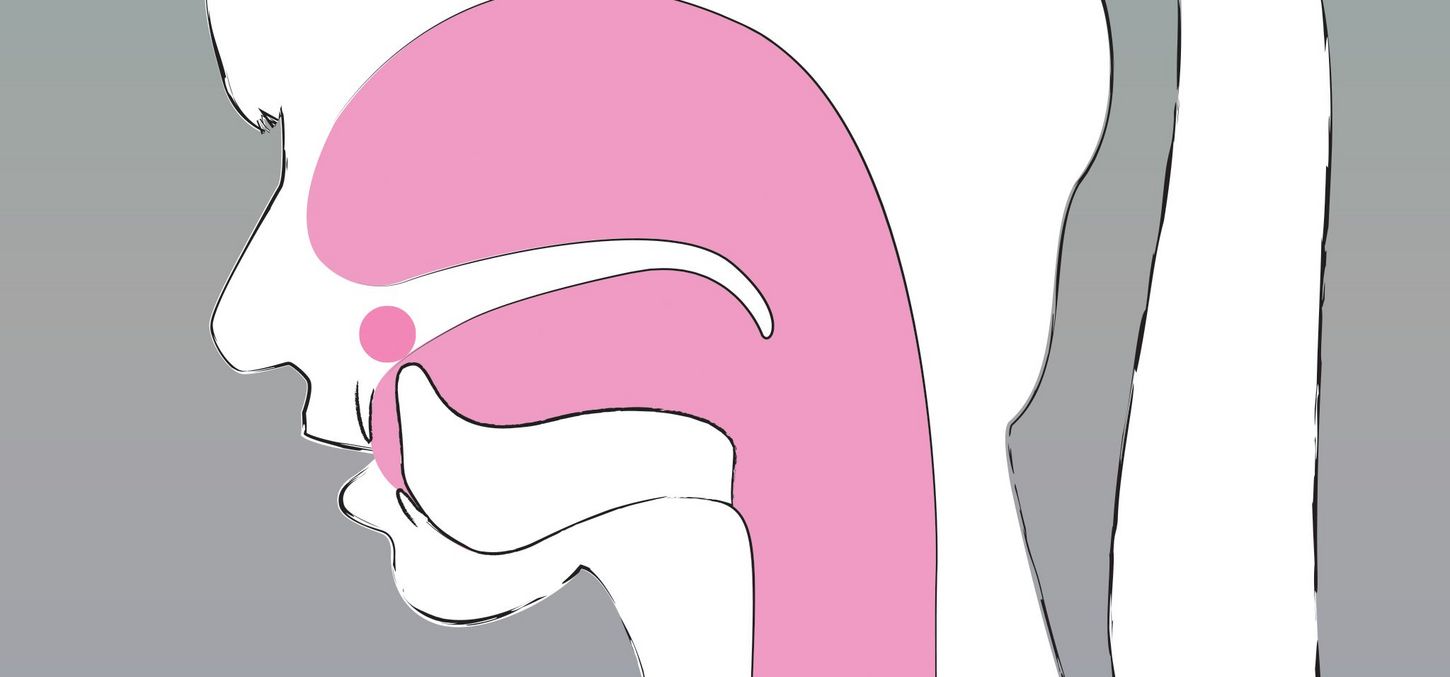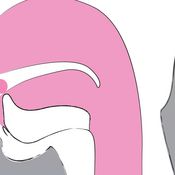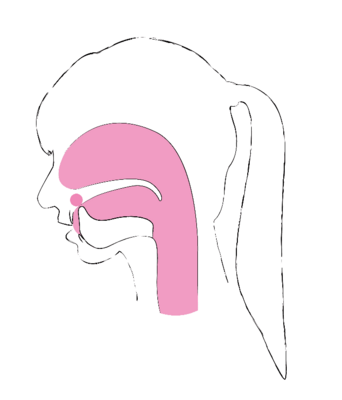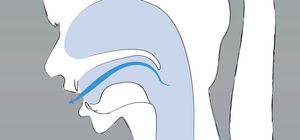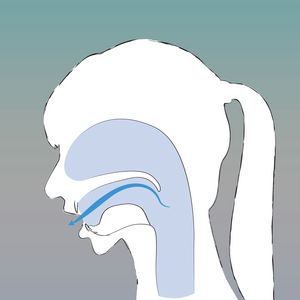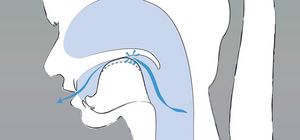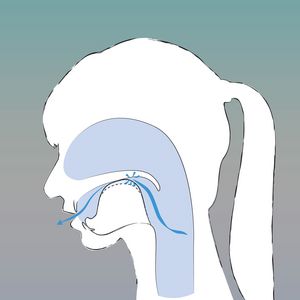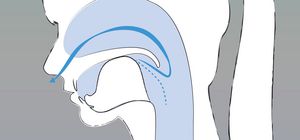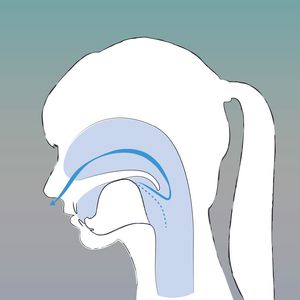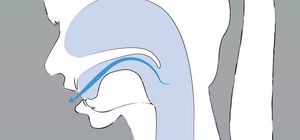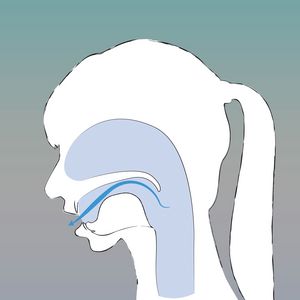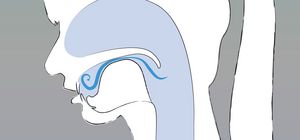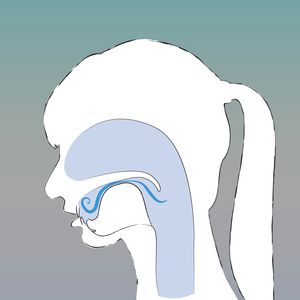Exercise
One of the best exercises to improve your pronunciation of Sanskrit is to consciously articulate all sounds produced at one place of articulation. Watch how similar the vibration of individual letters in the mouth feels and how you can easily move from one letter to the next. In this exercise, the phonation space becomes closer and closer:
- r̥: vowel - The phonation space is completely open with the tongue directly behind the teeth and slightly rolled back. A short breath of air makes this area vibrate. Similar to the English "r".
- r̥̄: vowel - The phonation space is completely open with the tongue positioned as above. A longer vibration can be felt behind the teeth.
- r: semivowel - The phonation space is slightly narrowed down. The vibration only occurs with the succeeding vowel.
- ṣ: fricative - The tongue is rolled back and the mouth slightly open; the air swirls behind the teeth.
- ṭ: plosive - The rolled back tongue closes off the airstream. The pressure is then released and the air bursts out.
- ṭh: plosive, aspirated - followed by a breath of air.
- ḍ: plosive, voiced - with voice.
- ḍh: plosive, voiced, aspirated - again followed by a breath of air.
- ṇ: nasal - The closure remains, the air streams out through the nose.
Retrofle vowels - the "r sonant"
- r̥ / r̥̄: To produce this sound characteristic of the Sanskrit language, roll back your tongue behind the front teeth (retroflex). The short "r̥'' is similar to a click of the tongue. The long r̥̄ makes the tip of the tongue vibrate behind the front teeth.
Examples:
- r̥: Sanskrit: Kr̥ṣṇa
- r̥̄: Sanskrit: pitr̥̄n (very rare sound)
Retroflex plosives
- ṭa: The tip of the tongue is rolled back behind the teeth. The contact is released after slight pressure.
- ṭha: The analogue sound with more air.
- ḍa: The analogue sound with vibration or voice.
- ḍha: The voiced sound with more air.
Examples:
In German, these retroflex sounds do not exist. They are pronounced like t or d but with the tongue bent further back.
Please note: For a German t or d, the tongue is positioned right at the bridge between teeth and gums at the upper jaw (alveolar).
For an approximation of the correct pronunciation, we can click our tongue on articulating the sound.
Retroflex nasal
- ṇa: The sound is nasalised.
Examples:
In German, these retroflex sounds do not exist. They are pronounced like n but with the tongue bent further back. For a German n, the tongue is right at the bridge between teeth and gums at the upper jaw (alveolar).
For an approximation of the correct pronunciation, we can click our tongue on articulating this sound. This works particularly well with an inviting "na".
Retroflex semivowel
- ra: Produced by positioning the tongue behind the teeth (retroflex).
Examples:
- ra: Rollen, rot
A rolling r as commonly used in the South of Germany or, historically speaking, Germany as a whole.
Retroflex fricative
- ṣa: Here, the air swirls behind the teeth (retroflex). To articulate this sound, the teeth should be open with the tongue rolled back behind the teeth. The resulting fricative thus becomes soft and dull.
- ha: A guttural fricative (5).
Examples:
- ṣa: Engl.: wish
Pronounced quite softly.
